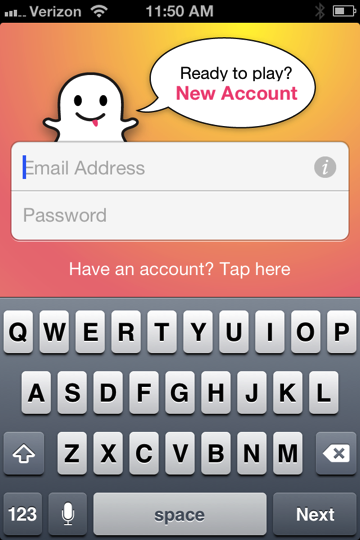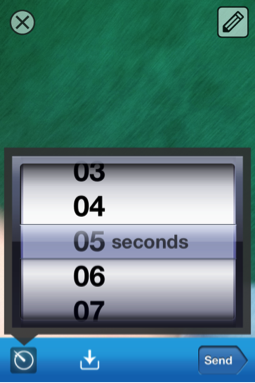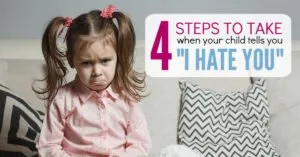By Sheri Watkins
What is Snapchat? If you are a parent, you should be aware of this popular app that may already be on your child’s smartphone.
Snapchat is the fourth most popular social media app right now and the majority of users are between the ages of 13 and 18. At first glance, it looks like a kid-friendly app with a cute “ghost” icon as the logo and a cartoonish style. The CEO of Snapchat, Evan Spiegel, claims there is no intent to market the app to kids, but their homepage and ads include photos of teens or young adults.
You can also download the app quite easily and set up an account with only an email and password. Snapchat requires that users be at least 13. However, there are no questions or warnings about the age requirements during the process of installing the app. In this blog, we are here to address three myths believed by teens about Snapchat and we’re also going to present facts for parents to debunk those myths.
 Myth 1: Snapchat is a consequence-free photo sharing app.
Myth 1: Snapchat is a consequence-free photo sharing app.
- Fact: When an app’s unofficial nickname is the “sexting app” it is probably not consequence-free! The main reason this app is so popular is the 10 second or less photo self-destruction feature. Kids think it is safe because when they send a photo to a friend, a time limit of 1-10 seconds is set on the post. So in theory, once the time limit is up, the photo disappears – never to be seen again. But it’s fairly easy to save a photo on a smartphone in a matter of seconds – meaning that embarrassing or inappropriate picture could come back to haunt your teen.
Myth 2: Snapchat is safer than other social media sites since posts self-destruct in 10 seconds or less and the company doesn’t look at or archive any photos.
- Fact: True. Sort of. It is very easy to snap a screen shot on a smart phone within a matter of seconds. So you could send a picture to someone, thinking they only have access to it for a few seconds. But if they take a screen photo within those few seconds, now the image is saved on their phone and they can share it whenever, where ever and with whomever they like. What is even more
 alarming is the false sense of security kids have when sending photos via Snapchat. Because they believe the image will disappear in a few seconds, kids may be less inhibited if the images they choose to share are of a riskier nature.
alarming is the false sense of security kids have when sending photos via Snapchat. Because they believe the image will disappear in a few seconds, kids may be less inhibited if the images they choose to share are of a riskier nature.
Myth 3: I will be alerted if someone takes a screen shot so it’s safe.
- Fact: It is true that if you send a photo and the intended recipient takes a screen shot of the image, Snapchat automatically sends you an alert. However, the damage is already done. Once someone has the image saved on their phone, it only takes one or two clicks to share the photo via Facebook, Twitter, Instagram, texting, etc. An alert won’t do you much good once the image is out! Another point here is the potential for cyber bullying via Snapchat. Just this week, a high school in Iowa had an incident in a school locker room. “Using the smartphone app Snapchat, an inappropriate photo was taken of a female freshman in the locker room, and was sent to a male student.” So the victim has been embarrassed and a criminal complaint was filed against the students who snapped and shared the photo via Snapchat. Not so consequence-free!
If you are a parent concerned about your child’s use of social media and their well-being in cyberspace, visit our website to learn more about our parent training program Saving Face™ v 1.0 for Parents of Tweens.
Sheri Watkins is the Co-Creator of Saving Face for Parents of Tweens.








0 thoughts on “Snapchat: The “Kid Friendly” Sexting App?”